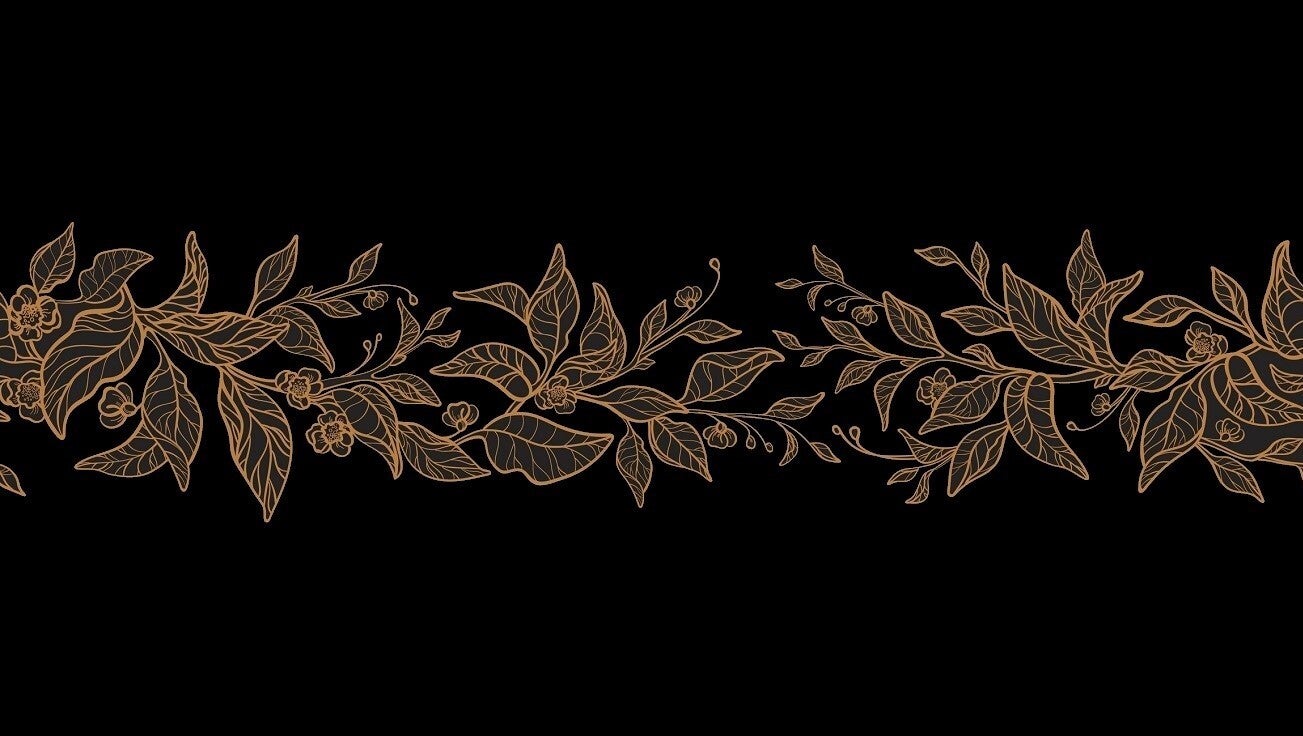
Compresses & Poultices
Compresses and poultices have been used for centuries to reduce inflammation and draw out toxins from insect bites and infections. Most are made by mashing herbs, sometimes adding a little water or oil to help them adhere directly to the skin, or by dampening herbs between layers of thin cloth before applying them to the skin.
A compress is made by boiling down plants, such as flowers, leaves, bark, and roots, and using the resulting liquid to dampen cloth applied topically to injured, infected, or inflamed areas of the body. The liquid can be used as a wash, but typically, a soft cloth is soaked in the liquid, slightly wrung out, and then applied to the body as a covering for a certain amount of time.
On the other hand, a poultice or paste is made from flowers, leaves, bark, and roots by boiling for 2-5 minutes and spreading it between two layers of moist cloth. You can apply it to the body the same way you would a compress. Some poultice ingredients can be applied directly to the skin and covered (bandaged). It depends on the plant being used. You want to ensure you have enough paste to cover the area needing healing.
Compresses and poultices can also be made from other ingredients, such as aloe vera, activated charcoal, Epsom salt, clay, mud (great for non-life-threatening bee stings), coconut oil, and baking soda, to help heal the following types of ailments.
- Abscesses (Epsom salt)
- Herpes lesions (including Shingles)
- Diabetic ulcers
- Calluses (linseed to soften)
- Itchy rashes (baking soda or aloe vera)
- Cysts (antimicrobial herbs, and the poultice should be warm)
- Arthritis (warm ginger)
- Minor to moderate cuts, scrapes, and bruises
- Muscle aches and sprains (calendula, arnica)
- Pain (marijuana, hemp)
- Coughs and congestion (eucalyptus)
- Headache (a few drops of peppermint essential oil mixed with water on a soft, damp cloth applied to the forehead, but not in the very young or those with heart conditions)
Note: Please don't apply a compress or poultice to a severe infection. While this was done in the Middle Ages (with varying degrees of success), it's essential to see a doctor for antibiotics, which weren't available then (and many died as a result). If you're in a survival situation (such as an environmental disaster), you can try antimicrobial herbs until you can be seen by a doctor or locate antibiotics.
How To Make a Baking Soda Poultice
Mix 2 or 3 tablespoons of baking soda with enough cool water to make a paste. Apply the paste to minor skin irritations to ease itch, burn, and pain. Also, see my HSV Remedy Review: Kitchen Powders.
How Long Do You Leave It On?
Some compresses and poultices are left on for 15-20 minutes at a time and applied 3-4 times daily, while others are left on for 1-2 hours or overnight. The duration depends on the condition and the ingredients used.
When to See a Doctor
If you have a severe infection or if the condition does not improve within 5-7 days or worsens (increased swelling, severe pain, developing redness or warmth, red streaks, blistering, pus), please see a doctor immediately.

